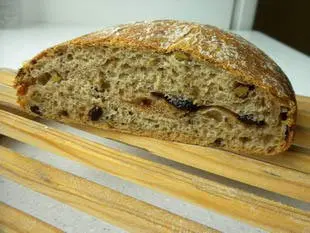Two-olive ciabatta
A recipe from cooking-ez.com October 24th 2017133 K4.1
For 6 ciabattas, you will need:
- 1 500 g flour
- 2 350 ml water
- 3 9 g salt
- 4 15 g yeast
- 5 150 g Soured dough (optional)
- 6 50 g olive oil
- 7 100 g black olives
- 8 100 g green olives
- 9 1 garlic clove
- 10 ½ teaspoon herbes de Provence
- Total weight: 1,140 grams
Times:
| Preparation | Resting | Cooking | Start to finish |
|---|---|---|---|
| 45 min. | 3 hours | 30 min. | 4 hours 15 min. |
Step by step recipe
| 1 | Prepare the olive mixture by mixing 50 g olive oil, 100 g black olives and 100 g green olives (roughly chopped), 1 garlic clove (finely chopped) and ½ teaspoon herbes de Provence. | 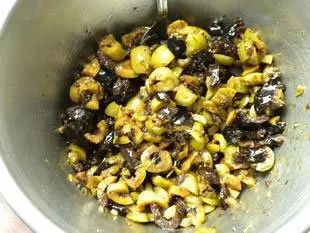 |
| 2 | In bread-making, the water temperature is always important. It's not a fixed value, but related to 3 other temperatures: 1) the temperature of your flour, 2) the room temperature in your kitchen, and 3) the basic temperature of this recipe, which is 56-60°C. You can calculate the temperature of the water for this recipe in one click, using this small calculator. | 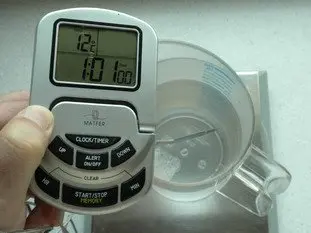 |
| 3 | Put into a food processor bowl: 350 ml water at the right temperature, 9 g salt, 15 g yeast and - if possible - 150 g Soured dough. Knead on slowest speed (1) for 10 minutes. Note: For the best way to knead, see: A few tips for effective kneading at home. | 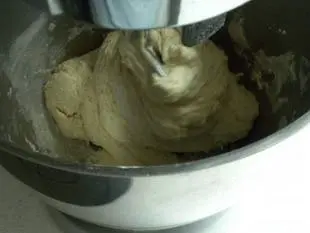 |
| 4 | Add the olive mixture. | 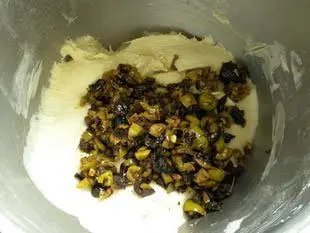 |
| 5 | Knead on slowest speed for a few more minutes, until the dough is evenly mixed. | 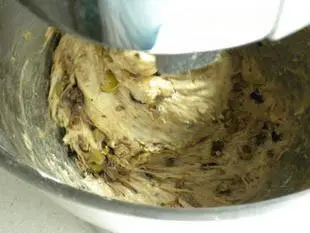 |
| 6 | Turn the dough out onto the worktop and gather it into a ball. Put this into a large bowl, cover with a sheet of plastic and leave to rest for 2 hours. | 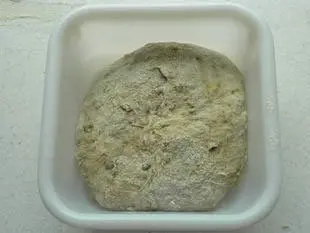 |
| 7 | After this time, divide the dough into pieces of around 250 grammes each. |  |
| 8 | Form these lumps of dough into squares or rectangles. |  |
| 9 | Arrange the loaves on a lightly floured cloth. A traditional French banneton is ideal for this, but not essential. Cover with a sheet of plastic and leave to rest for 1 hour. | 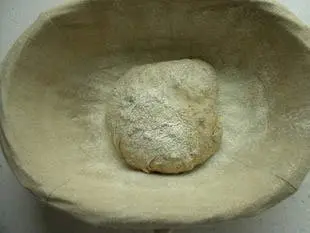 |
| 10 | Preheat the oven for 250°C (480°F) and bake for around 30 minutes. Note: As when baking any bread, you should ensure that the oven is filled with steam for the first 15 minutes of baking. This page shows you how; it really is the secret of golden-brown, crusty loaves.. | 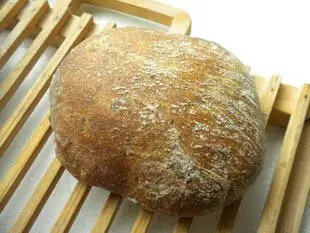 |
Remarks
These ciabattas are delicious on their own, simply sliced then cut small as aperifif snacks.View this recipe : https://cooking-ez.com/four/recipe-two-olive-ciabatta.php
December 29th 2025.

